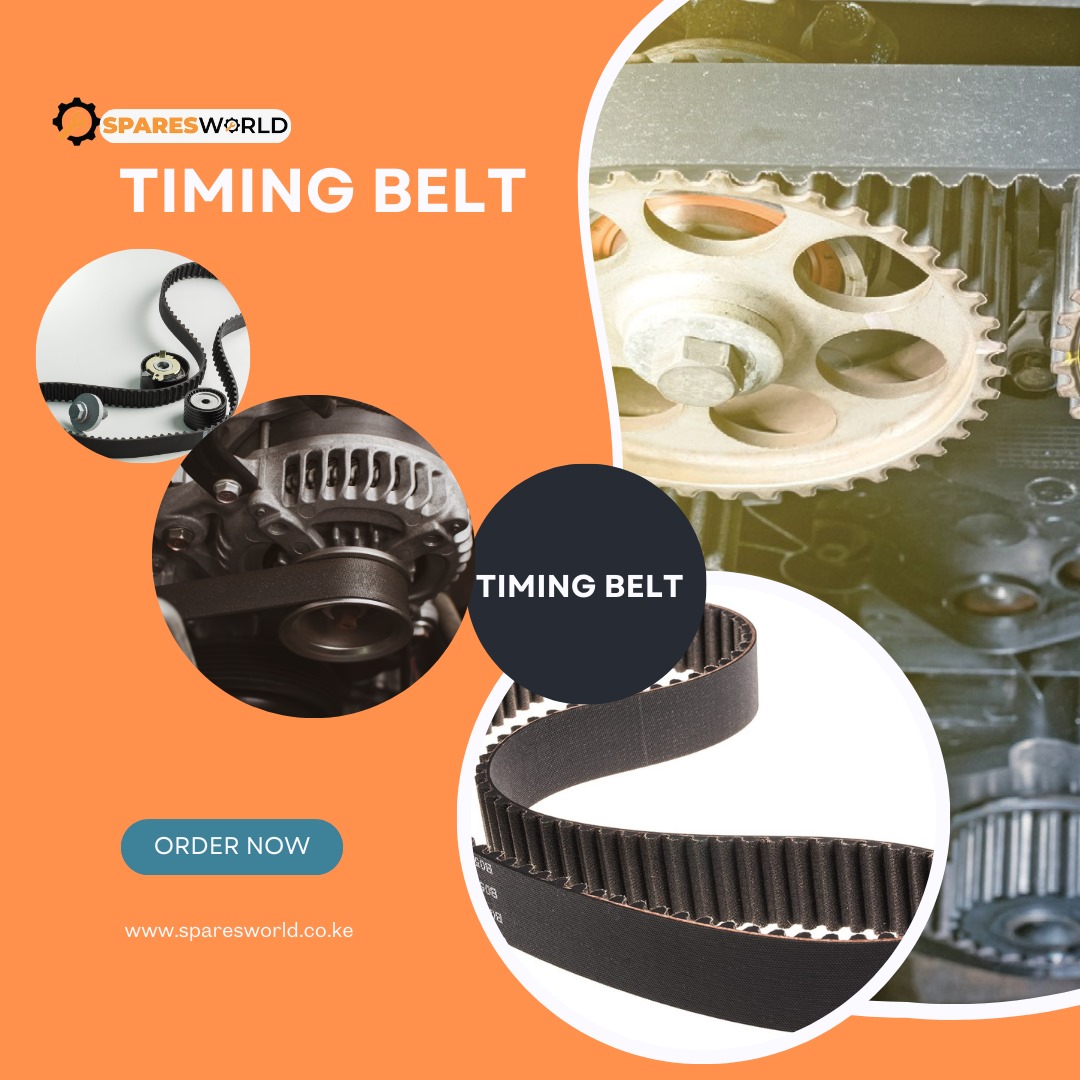Understanding the Timing Belt in a Car's Engine

The timing belt is a critical component in a car's engine, ensuring various parts work in sync for optimal performance. It coordinates the rotation of the crankshaft and camshaft, allowing the engine's valves to open and close at the right times during each cylinder's intake and exhaust strokes.
How the Timing Belt Works
Synchronization: The timing belt synchronizes the movement of the engine's internal components. The crankshaft controls the engine's pistons, while the camshaft operates the valves. The timing belt ensures these parts move in perfect harmony, allowing the engine to run smoothly and efficiently.
Material and Design: Typically made of high-quality rubber with reinforcing materials like nylon or fiberglass, the timing belt is designed to withstand high temperatures and mechanical stress. It has teeth that fit into grooves on the camshaft and crankshaft gears, preventing slippage and maintaining precise timing.
Role in Engine Performance: Proper timing ensures the valves open and close at the correct intervals, optimizing the air-fuel mixture's combustion. This precision is vital for maintaining engine performance, fuel efficiency, and reducing emissions.
Maintenance and Replacement
Regular maintenance of the timing belt is essential to avoid engine damage. Over time, the belt can wear out, crack, or break, leading to severe engine problems, including valve and piston damage. Most manufacturers recommend replacing the timing belt every 60,000 to 100,000 miles, depending on the vehicle and driving conditions.
Symptoms of a Failing Timing Belt
Ticking Noise: A ticking noise from the engine could indicate a failing timing belt.
Engine Misfires: If the belt slips, it can cause the engine to misfire.
Difficulty Starting the Engine: A worn timing belt can affect engine startup.
Oil Leaks: Oil leaking from the timing belt cover can indicate belt wear.
Timing Belt vs. Timing Chain
While some vehicles use a timing belt, others use a timing chain. Timing chains are made of metal and generally last longer than belts but are also more expensive and noisier. The choice between a belt and a chain depends on the vehicle's design and manufacturer specifications.

 Loading..
Loading..